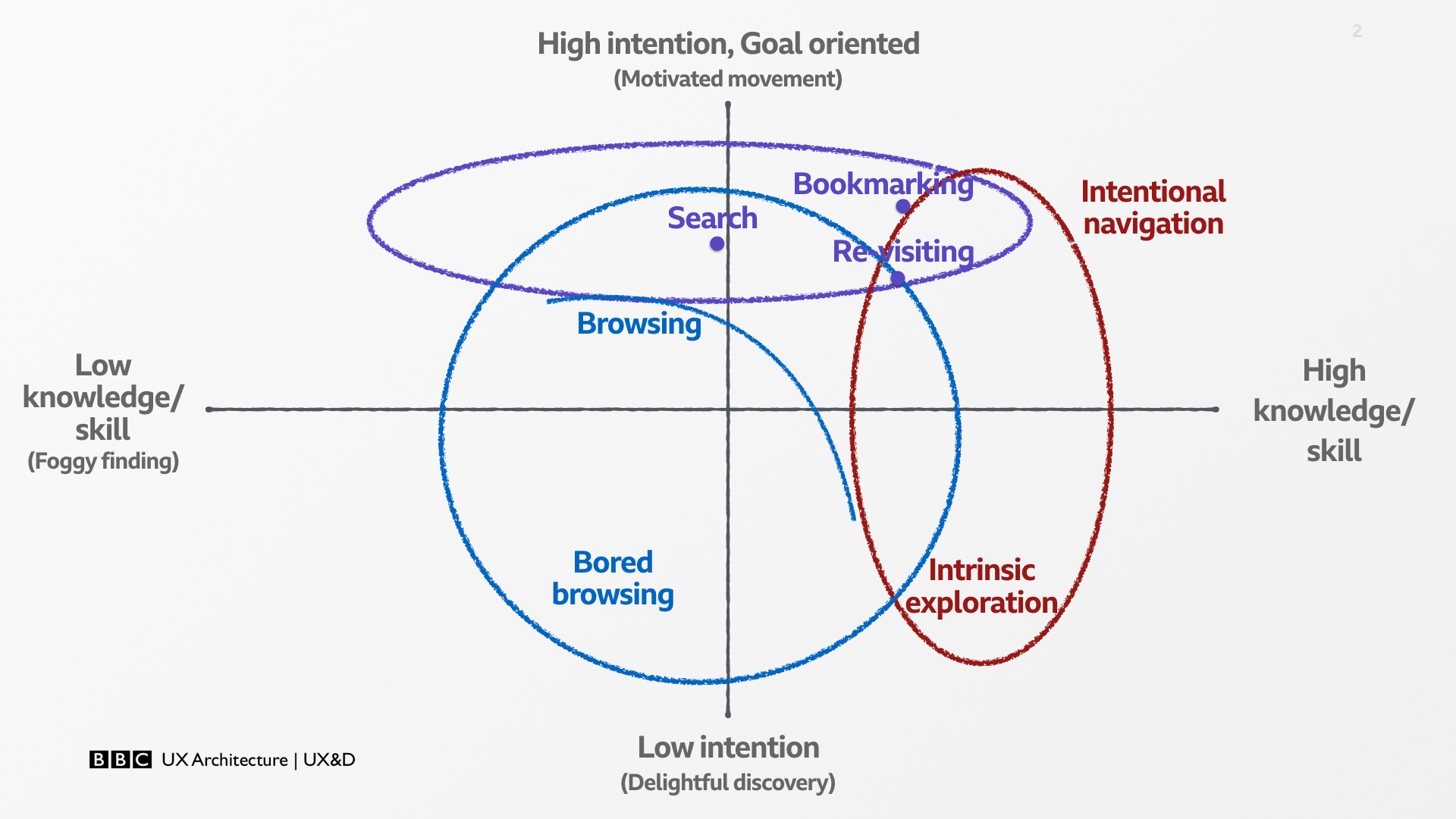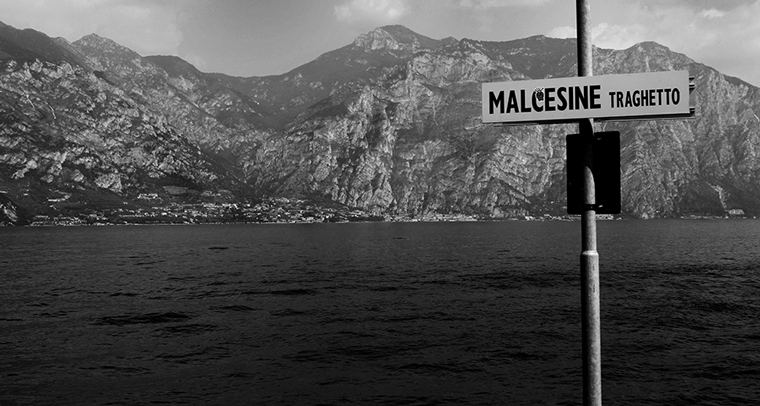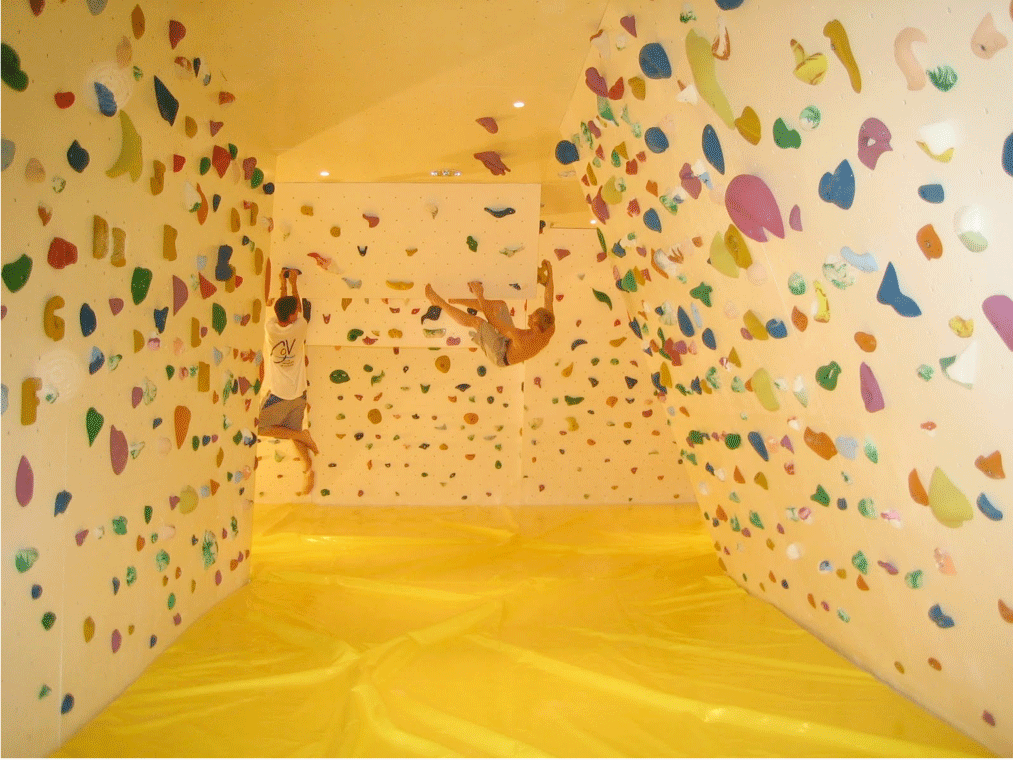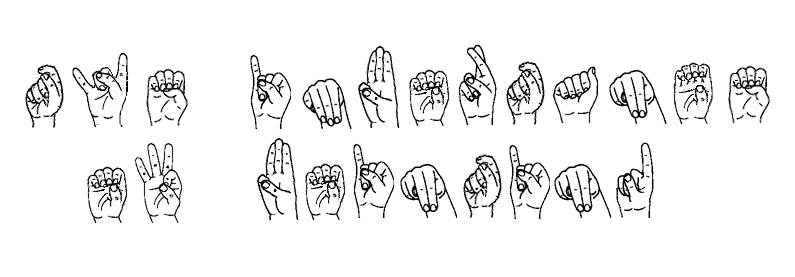-
Navigation, content and interactions – a model using intention and ability

At the start of the year I wrote lots and lots and lots and lots about a range of behaviours connected to information seeking and navigation. The stories and sets of behaviours I described have been useful for teams thinking about the different modes and behaviours that users might flow through and between as they complete tasks and…
-
Structural information architecture

Sometimes I use the terms internet the World Wide Web interchangeably. Both names focus on interconnection – strands woven together. But the majority of structural information architecture doesn’t stay true to the spirit of these metaphors. We’ve broken the promise of the web by building trees (and odd trees at that), not webs. How could…
-
Information architecture and omnipresence

Information architecture often creates structured, domain-centric spaces. Putting a page (especially an aggregation) at the end of a link in a menu creates a ‘space’ and implies this is where the content lives. I know that sometimes, structure is good. Structure helps users. But what about when things live in multiple places, or serve multiple user needs?…
-
Walls and ladders – branded online experiences and navigation

Navigation is both a noun and a verb. It’s the furniture that people use as they move through online experiences, and the experience – the journey. This post is about how the furniture can affect the experience to create branded online experiences and navigation.
-
What’s navigation anyway?

Navigation is a funny old thing. Maybe it’s because it’s both a noun and a verb. Navigation is the action we take as we traverse the web. It’s also the furniture that enables us to make those journeys. I’m currently interested in the different types of navigation (noun). Navigation, in the form of menus, buttons,…